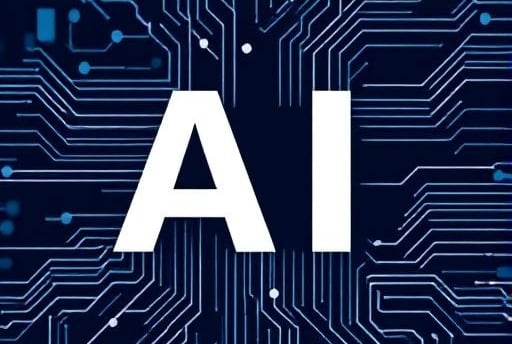Artificial Intelligence (AI) has become an integral part of our daily lives
How to Use AI Tools-why* they’re valuable, *when* to apply them, and *what* options exist, individuals and organizations can harness AI responsibly and effectively.
AJ
3/18/20253 min read


Artificial Intelligence (AI) has become an integral part of our daily lives, transforming industries and reshaping the way we work, learn, and interact. From chatbots to recommendation engines, AI tools are increasingly accessible and versatile, but their adoption often comes with concerns about how, why, when, and what to use them for. Understanding these aspects is crucial for leveraging AI effectively while addressing potential risks.
### How to Use AI Tools
The first step in using AI tools is identifying the problem you want to solve or the task you wish to automate. For example, businesses might use AI-powered analytics platforms like Tableau or Power BI to analyze customer data and uncover trends. Students can utilize writing assistants such as Grammarly or QuillBot to improve their essays. Developers may rely on frameworks like TensorFlow or PyTorch to build custom machine learning models.
To get started, users should familiarize themselves with the specific tool's interface and functionalities. Many AI tools offer tutorials, documentation, and community forums to help new users navigate their features. It’s also important to ensure that the input data is clean, relevant, and sufficient for the AI model to produce accurate results. Collaborating with experts or taking online courses on AI fundamentals can further enhance your ability to use these tools effectively.
### Why People Use AI Tools
People turn to AI tools primarily because they save time, increase efficiency, and provide insights that humans might overlook. For instance, marketing teams use AI-driven software to personalize advertisements based on user behavior, leading to higher engagement rates. In healthcare, diagnostic tools powered by AI assist doctors in detecting diseases earlier and more accurately than traditional methods.
Another reason people adopt AI is its scalability. Unlike human labor, which is limited by capacity, AI systems can handle vast amounts of data simultaneously without fatigue. This makes them ideal for tasks like processing financial transactions, monitoring security systems, or managing supply chains.
However, ethical considerations play a significant role in why some individuals hesitate to embrace AI fully. Concerns about bias, privacy, and job displacement prompt questions about whether AI decisions align with societal values. Addressing these concerns requires transparency in AI development and regulation to ensure fairness and accountability.
### When to Use AI Tools
Knowing when to deploy AI tools depends on the complexity and scale of the task at hand. Routine, repetitive tasks—such as sorting emails or generating reports—are excellent candidates for automation through AI. Similarly, high-stakes scenarios where precision matters, like medical imaging analysis or fraud detection, benefit greatly from AI’s capabilities.
On the other hand, creative endeavors requiring nuanced judgment or emotional intelligence still demand human oversight. While AI can generate drafts or suggest ideas, it lacks the depth of understanding needed for truly innovative work. Therefore, AI should complement human expertise rather than replace it entirely.
Timing is also critical. Implementing AI too early, before understanding its limitations, can lead to frustration or poor outcomes. Conversely, waiting too long could mean missing out on competitive advantages. Organizations must strike a balance by conducting pilot projects to assess feasibility before full-scale implementation.
### What AI Tools Are Available?
The range of AI tools available today spans various domains. Some popular examples include:
1. Natural Language Processing (NLP): Tools like ChatGPT, Jasper, and Copy.ai help generate text, answer queries, and even draft emails.
2. Image Recognition: Platforms like Google Vision AI and Amazon Rekognition enable object detection and facial recognition.
3. Data Analysis: Software like IBM Watson and Microsoft Azure Machine Learning simplifies complex data modeling and prediction tasks.
4. Automation: Robotic Process Automation (RPA) tools like UiPath streamline workflows by automating mundane processes.
5. Voice Assistants: Siri, Alexa, and Google Assistant leverage AI to perform tasks via voice commands.
Each tool serves a unique purpose, so selecting the right one involves evaluating factors like cost, ease of integration, and alignment with organizational goals.
### Conclusion
AI tools hold immense potential to revolutionize productivity and innovation across sectors. By understanding how to implement them, why they’re valuable, when to apply them, and what options exist, individuals and organizations can harness AI responsibly and effectively. However, addressing concerns around ethics, bias, and over-reliance remains essential to building trust and ensuring sustainable growth. With careful planning and thoughtful execution, AI can be a powerful ally in solving real-world challenges.
